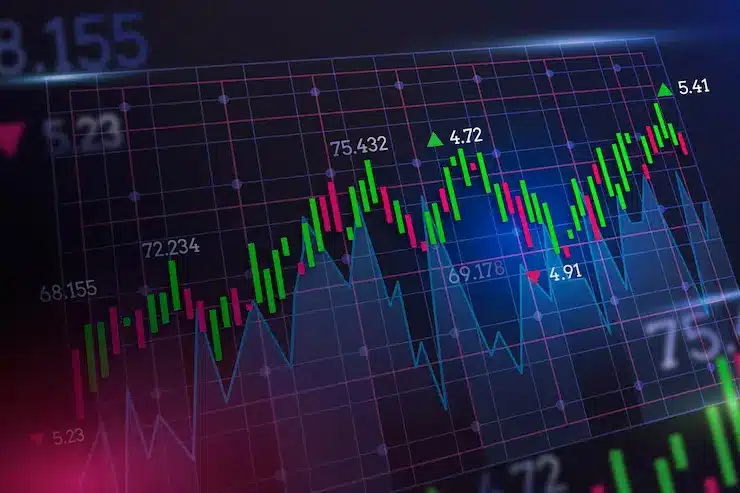
In the world of finance and investment, trade signals are vital to understanding market movements and making informed decisions. A trade signal is essentially a suggestion to buy or sell an asset based on technical or fundamental analysis.
These signals can be generated by various indicators, including price trends, moving averages, and volume measures. Usually you can get signals from brokers. For example, you can receive one of the best signals on quotex, but you can also generate your own. In this article, we will explore the different types of trade signals and how they can be used to improve your trading strategy.
Table of Contents
Technical Analysis
This is an essential indicator for all traders. Technical analysis is a method of evaluating securities by analyzing statistics generated by market activity, such as past prices and volume. This analysis is used to identify patterns and trends that can be used to predict future market movements. Technical indicators are mathematical calculations based on price and volume data that are used to generate signals.
Moving Averages
Moving averages are a popular technical indicator used in technical analysis. This is a trend-following indicator that smooths out price fluctuations by averaging the price over a specified period.
The most common moving averages are the 50-day, 100-day, and 200-day moving averages. When the price of an asset crosses above or below the moving average, it is considered a buy or sell signal, respectively.
Relative Strength Index
The Relative Strength Index (RSI) is another popular indicator used to generate trade signals. The RSI is a momentum oscillator that measures the speed and change of price movements. It ranges from 0 to 100, and a reading above 70 indicates an overbought market, while a reading below 30 indicates an oversold market. When the RSI crosses above or below these levels, it is considered a buy or sell signal.
Fibonacci Retracement
Fibonacci retracement is a technical analysis tool used to identify potential levels of support and resistance. The tool is based on the idea that markets will retrace a predictable portion of a move before continuing in the original direction. The most common retracement levels are 38.2%, 50%, and 61.8%. When the price of an asset reaches one of these levels, it is considered a potential reversal point and can be used as a signal to enter or exit a trade.
Fundamental Analysis
Fundamental analysis is a method of evaluating securities by analyzing the underlying economic and financial factors. This analysis is used to determine the intrinsic value of an asset and identify potential investment opportunities. Fundamental indicators are economic and financial data points that are used to generate signals.
Earnings Reports
This is a fundamental indicator used to evaluate the financial performance of a company. When a company reports better than expected earnings, it is considered a positive signal and can lead to an increase in the stock price. Conversely, when a company reports worse than expected earnings, it is considered a negative signal and can lead to a decrease in the stock price.
Economic Indicators
Economic indicators are data points that are used to evaluate the health of an economy. These indicators include inflation rates, unemployment rates, GDP growth rates, and consumer sentiment.
When these indicators are positive, it is considered a bullish signal and can lead to an increase in the stock market. Conversely, when these indicators are negative, it is considered a bearish signal and can lead to a decrease in the stock market.
Sentiment Analysis
Sentiment analysis is a method of evaluating the emotions and opinions of market participants. This analysis is used to gauge the overall sentiment of the market and identify potential trading opportunities. Sentiment indicators are measures of market sentiment that are used to generate signals.
Put/Call Ratio
The put/call ratio is a sentiment indicator that measures the ratio of put options to call options traded on an exchange. When the ratio is high, it indicates that investors are bearish on the market and expect prices to fall, which can be a bearish signal. Conversely, when the ratio is low, it indicates that investors are bullish on the market and expect prices to rise, which can be a bullish signal.
News Events
News events can also generate trade signals, especially when they have a significant impact on the market. These events can include corporate announcements, geopolitical events, and natural disasters. When these events occur, they can create opportunities for traders to enter or exit a trade.
In Conclusion
Trade signals are an essential tool for traders looking to make informed trading decisions. However, it is important to remember that they are not infallible and should be used in conjunction with other indicators and risk management strategies. By using trade signals effectively, traders can improve their trading strategy and increase their chances of success in the market.

